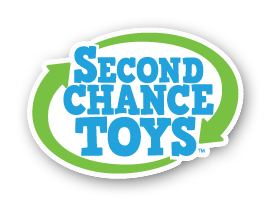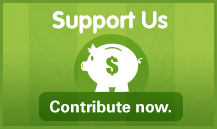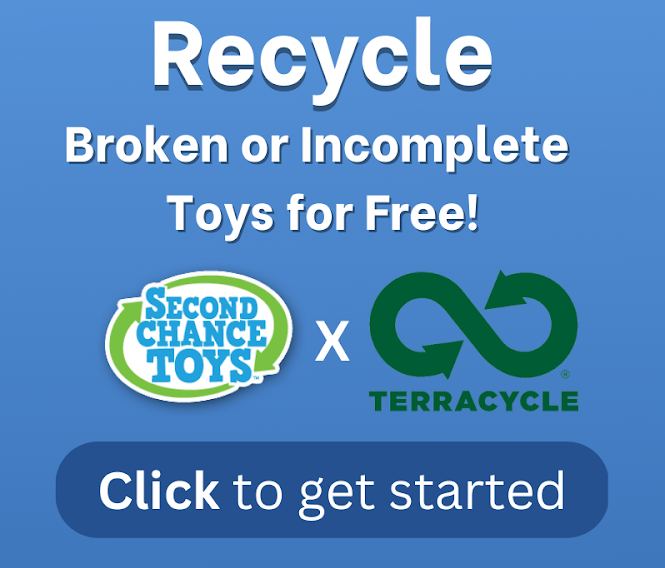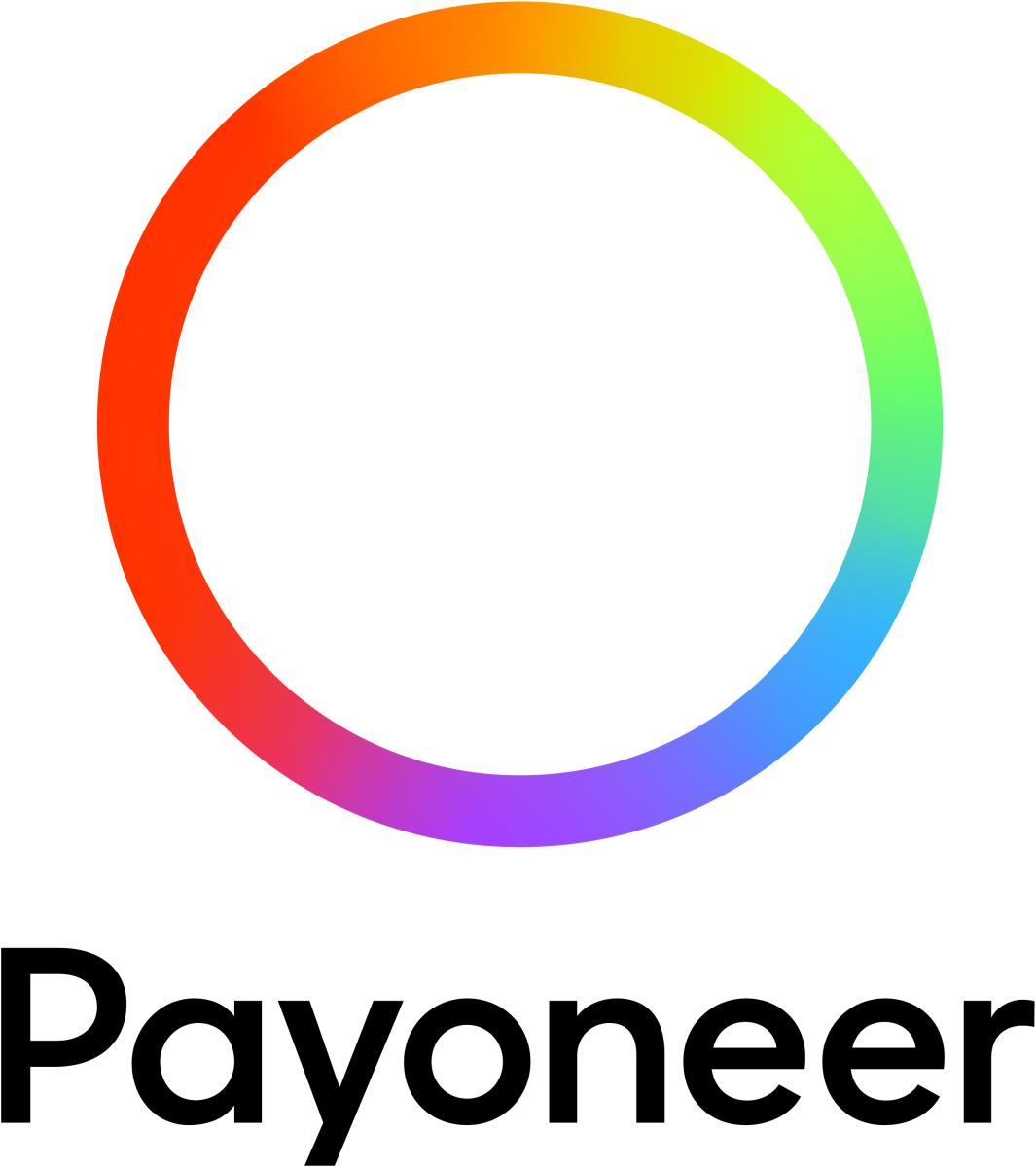Q&A with School Social Worker Gina Shimojo
3/29/2016

Gina Shimojo LCSW, manager of clinical services for a charter school in Brooklyn, recently spoke with Second Chance Toys about the importance of toys and play as they relate to a child’s long-term developmental health. Here’s what this social worker and new mom had to say:
1) How did you first find out about Second Chance Toys?
I first learned of the SCT Mission through friends that work at Second Chance Toys. It sparked my interest since they provide toys that are invaluable in my line of work.
2) How did your collaboration with Second Chance Toys start?
As a school social worker, I am constantly on the look out for charitable organizations that may assist the students and families that I service with resources they may not otherwise be capable of accessing. Luxuries like toys are often difficult for the families that I work with to afford. Additionally, schools often do not have the funding to purchase toys for recess and play time, which is why Second Chance Toys is such a needed organization.
3) What made you decide to work in the education field?
As a social worker, I wanted to be able to assist, support and facilitate change amongst youth that are demonstrating behaviors that greatly impact their social, emotional and behavioral functioning. Working in the school system allows me to do this, while also providing me with a setting where I can progress monitor the effects of my therapeutic interventions. Children spend anywhere from 30-45 hours a week in school. During this time, they are learning how to sustain in the classrooms, attend to classwork, manage social and academic challenges, cultivate relationships with their peers, etc. As a school social worker, I am privy to the way in which the children I service behave, emote, socialize as well as cope, which further informs my level of support and the necessary forms of intervention needed to best assist those with whom I work.
4) How does a charter school compare to a regular public school?
Charter schools provide an alternative education option to children in the community. While Charter schools, like public schools, are government funded and are subject to the educational standards and regulations determined by the government, they are independently run, giving them more freedom and flexibility in their operations. Per the school's "charter," which is a performance contract that details the school's mission, population served, teaching methods performance goals and methods of assessment, a Charter School can emphasize a common goal or specific focus of education, utilizing specialized curriculum or alternative learning philosophies. They are held accountable for academic results, as outlined in their charters, and must demonstrate academic achievement in order to remain open.
5) How does play factor into a child's development?
Play is essential to development because it contributes to the cognitive, physical, social, behavioral and emotional well-being of children and youth. Play allows children to use their creativity while developing their imagination, dexterity, and physical, cognitive, and emotional strength. It allows children to explore the world, practice adult roles, and gain confidence as well as improves their social skills by helping them to learn how to work in groups, to share, to negotiate, to resolve conflicts, and to learn self-advocacy skills.
6) What are some toys that you think work best for a child's development?
In addition to being safe, the best toys are those that match children's stages of development and emerging abilities. Toys, games, books, software (etc) that are best for children are those that have multiple benefits and can be a valuable tool in learning. Toys that provoke imagination (doll houses, dress up clothes, play kitchen/food, cars and trucks), encourage physical or muscle development (wagons, bikes and skateboards), influence sensory development (water toys, bubbles, sand box and play dough) offer varying levels of activity (computer games or educational toys that evolve with stages of development such as art supplies), invoke problem solving skills (puzzles, blocks and books) are durable and attractive (bright colors and plastic non-toxic toys) and can be used to facilitate independent, parallel and shared play are preferred.
7) What would be the best way that one of our readers could help your school?
The best way for your readers to help schools, such as the one that I work for, is to reach out to the school's clinicians (social workers, psychologists, counselors) to see what resources they are lacking and how best they can support the efforts of the charter.
Darren Paltrowitz is a New York based writer. He can be followed on Twitter under the handle @Paltrowitz and contacted through his website, www.paltrowitz.com.


















